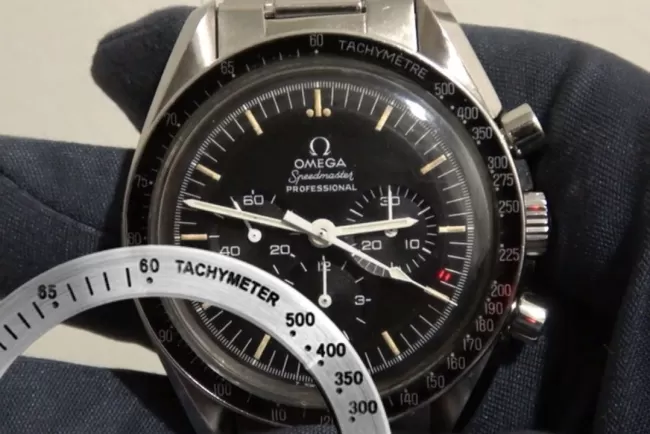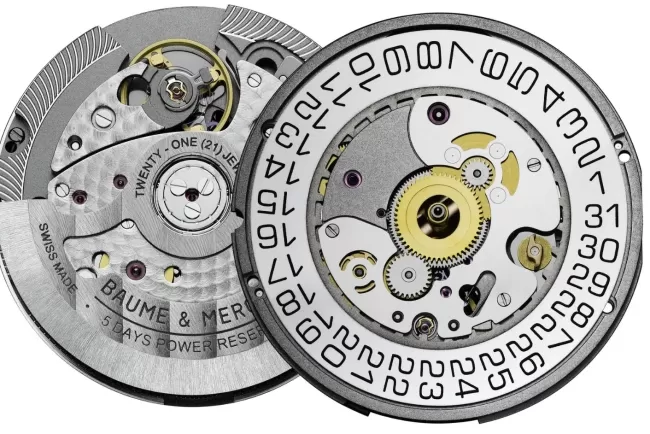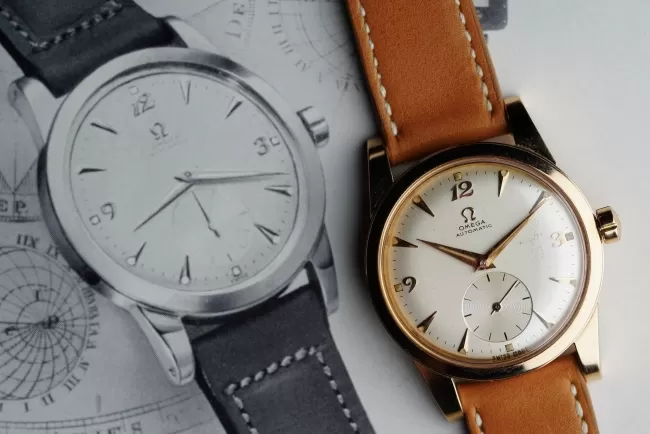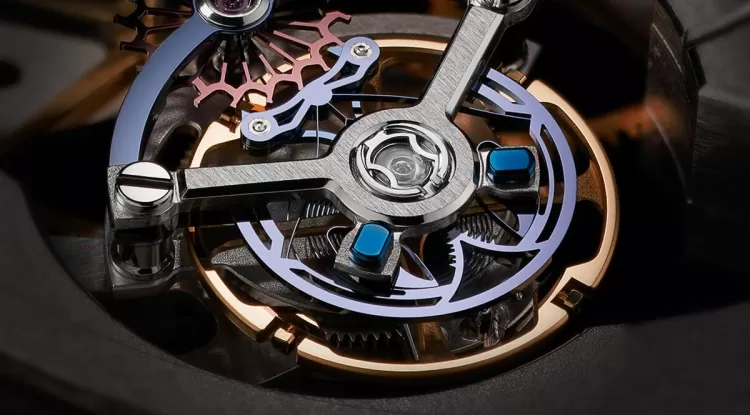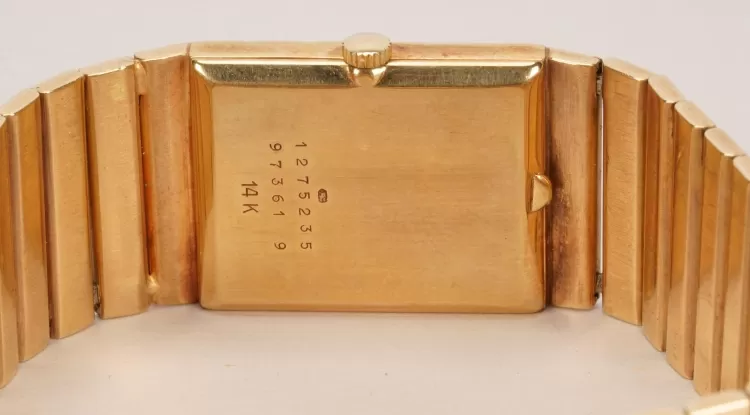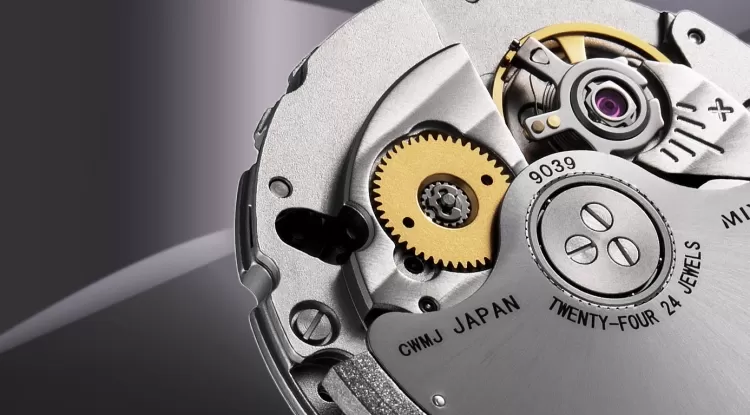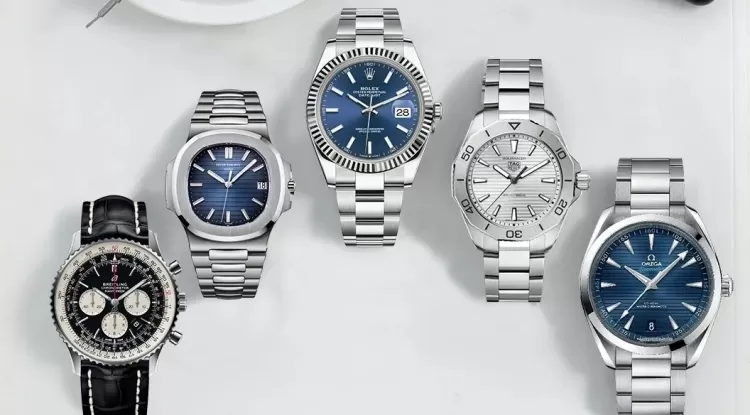Automatic vs. Quartz vs. Manual Watch Movements: Key Differences Explained
Explore the key differences between automatic, quartz, and manual watch movements. Understand which type of watch suits your lifestyle and preferences best.
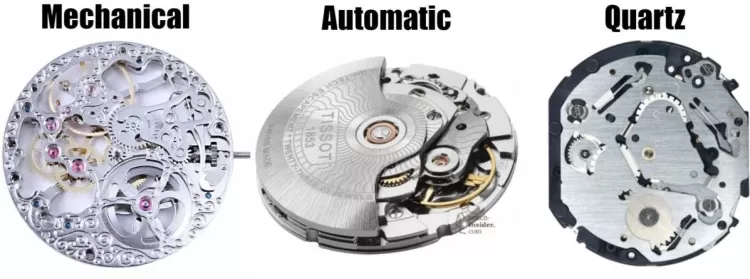
When buying a wristwatch, one of the most fundamental choices you'll face is the type of movement it uses. The heart of any timepiece lies in its movement—be it automatic, quartz, or manual. Each movement type has its own strengths, weaknesses, and unique appeal, and understanding them can greatly influence your purchasing decision.
Quartz Movement: The Modern Powerhouse
Quartz watches are powered by a battery and use a quartz crystal to regulate time. When electricity is applied to the crystal, it vibrates at a precise frequency (32,768 times per second), driving the motor that moves the hands. The result is incredible accuracy—often within a few seconds per month—and low maintenance.
Advantages of Quartz:
- Highly accurate
- Affordable and widely available
- Minimal servicing required
- Lightweight and often thinner than mechanical watches
Drawbacks: Lacks the mechanical artistry and soul found in traditional movements; battery needs replacing every 1–3 years.
Manual Movement: Traditional Craftsmanship
Manual watches, also called hand-wound watches, are the oldest form of watch movement. You need to manually wind the crown every 1–2 days to power the mainspring, which stores energy to run the watch.
This movement appeals to collectors and enthusiasts who appreciate the tactile ritual of winding and the pure mechanical beauty of traditional horology. The absence of a rotor (as in automatic watches) also allows for thinner and more elegant cases.
Advantages of Manual Watches:
- Elegant and vintage-inspired designs
- Often feature beautiful display case backs
- No rotor, allowing thinner movements
Drawbacks: Requires regular winding; may stop if forgotten. Less convenient for casual wearers.
Automatic Movement: Self-Winding Innovation
Automatic watches are technically mechanical watches, but with a twist—they wind themselves using a rotor that moves with the motion of your wrist. This makes them ideal for daily wearers who want a mechanical watch with less hassle.
The beauty of an automatic watch lies in its blend of engineering, tradition, and practicality. Brands like Omega, Rolex, and Seiko have perfected this movement type for decades.
Advantages of Automatic Watches:
- No daily winding required if worn regularly
- Mechanical complexity with convenience
- Highly collectable and aesthetically pleasing
Drawbacks: Can be less accurate than quartz; needs occasional servicing; typically thicker due to the rotor mechanism.
Which Movement Is Best for You?
If you value precision and ease of use, a quartz watch is likely your best bet. If you're passionate about traditional watchmaking and enjoy interacting with your timepiece, then a manual watch offers a more romantic and engaging experience. For a balance of convenience and craftsmanship, automatic watches are a favorite among collectors and casual wearers alike.
No matter which you choose, understanding the differences empowers you to select a timepiece that aligns with your lifestyle and horological taste.
What's Your Reaction?








